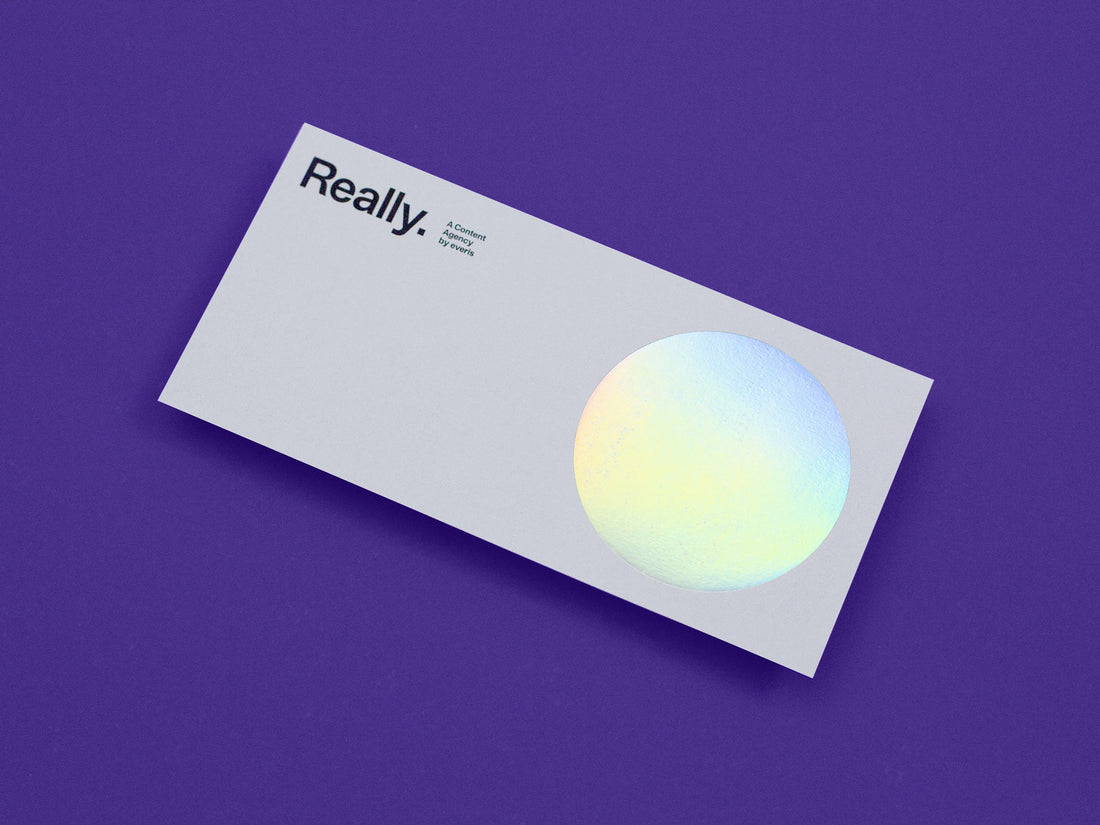箔印刷,也稱為燙金或燙箔,是一種特殊的印刷工藝,可在各種表面上添加金屬或著色箔。此技術廣泛應用於印刷業,可創造出充滿活力的反光設計,脫穎而出,並為印刷材料增添奢華感。以下詳細介紹了鋁箔印刷的工作原理以及它如何幫助您為您的品牌打造獨特的外觀。
鋁箔印刷的工作原理
箔印製涉及使用熱、壓力和定制金屬模具將一薄層金屬或著色箔施加到基材上。此工藝可分為兩種主要類型:熱燙金和冷燙金。
-
燙金:
- 製程: 燙金使用加熱的模具將箔紙轉移到基材上。將模具加熱並壓到一卷箔上,然後將其施加到要印刷的表面上。熱量熔化箔片上的黏合劑,使其黏附到基材上。
- 優點:這種方法提供了卓越的金屬飾面、多種顏色和飾面,並且可以對基材進行壓花或壓花以增加紋理和深度 1 4 8 。
-
冷箔印刷:
- 工藝:冷箔印刷涉及將紫外線固化黏合劑塗在基材上,然後將箔放在其上。壓力輥將箔片壓在片材上,紫外線固化黏合劑,將箔片固定在表面上。然後將塑膠載體膜剝離。
- 優點:此方法可產生非常詳細的影像,可用於數位印刷機、柔版印刷機和平版印刷機 9月13日。
鋁箔印刷對品牌的好處
鋁箔印刷具有多種優勢,有助於為您的品牌打造獨特且令人難忘的外觀:
-
增強視覺吸引力:
- 鋁箔印刷增添了閃亮的反光效果,引人注目,並提升了印刷材料的視覺吸引力。這可以讓您的品牌在貨架和宣傳材料中脫穎而出 4 12 .
-
奢華與精緻:
- 箔印製的金屬或顏料表面散發著優雅和精緻的氣息。這對於高端產品、奢侈品牌和優質包裝特別有利 1 3 12 。
-
客製化和多功能性:
- 鋁箔印刷可實現多種顏色、飾面和紋理。您可以選擇經典的金色、銀色、青銅色以及各種充滿活力的彩色箔。此外,此工藝還可與壓花相結合,打造 3D 效果,為您的設計增添深度和獨特性 1 4 14 。
-
耐用性和壽命:
- 箔印持久耐用,非常適合需要承受頻繁處理或暴露在自然環境中的產品。這種耐用性可確保您的品牌訊息隨著時間的推移保持清晰和有影響力 14 .
鋁箔印刷的應用
鋁箔印刷用途廣泛,可應用於多種材料,包括紙張、皮革、塑膠和織物。它常用於各個行業:
-
出版:書籍封面、雜誌和小冊子。
-
包裝:產品包裝、標籤和貼紙。
-
文具:名片、邀請函和記事本。
-
商品推銷:促銷品、服裝和配件。
結論
鋁箔印刷是創造獨特且引人注目的設計的強大工具,可顯著提升您的品牌形象。透過在印刷材料上添加金屬或顏料箔,您可以實現奢華而精緻的外觀,在擁擠的市場中脫穎而出。無論您是想提升產品包裝、製作精美的名片還是設計引人注目的宣傳材料,鋁箔印刷都能提供完美的解決方案,讓您的品牌大放異彩。
透過了解鋁箔印刷的工藝和優點,您可以利用這種技術為您的品牌打造獨特且令人難忘的外觀,確保您的產品和行銷材料給受眾留下持久的印象。

